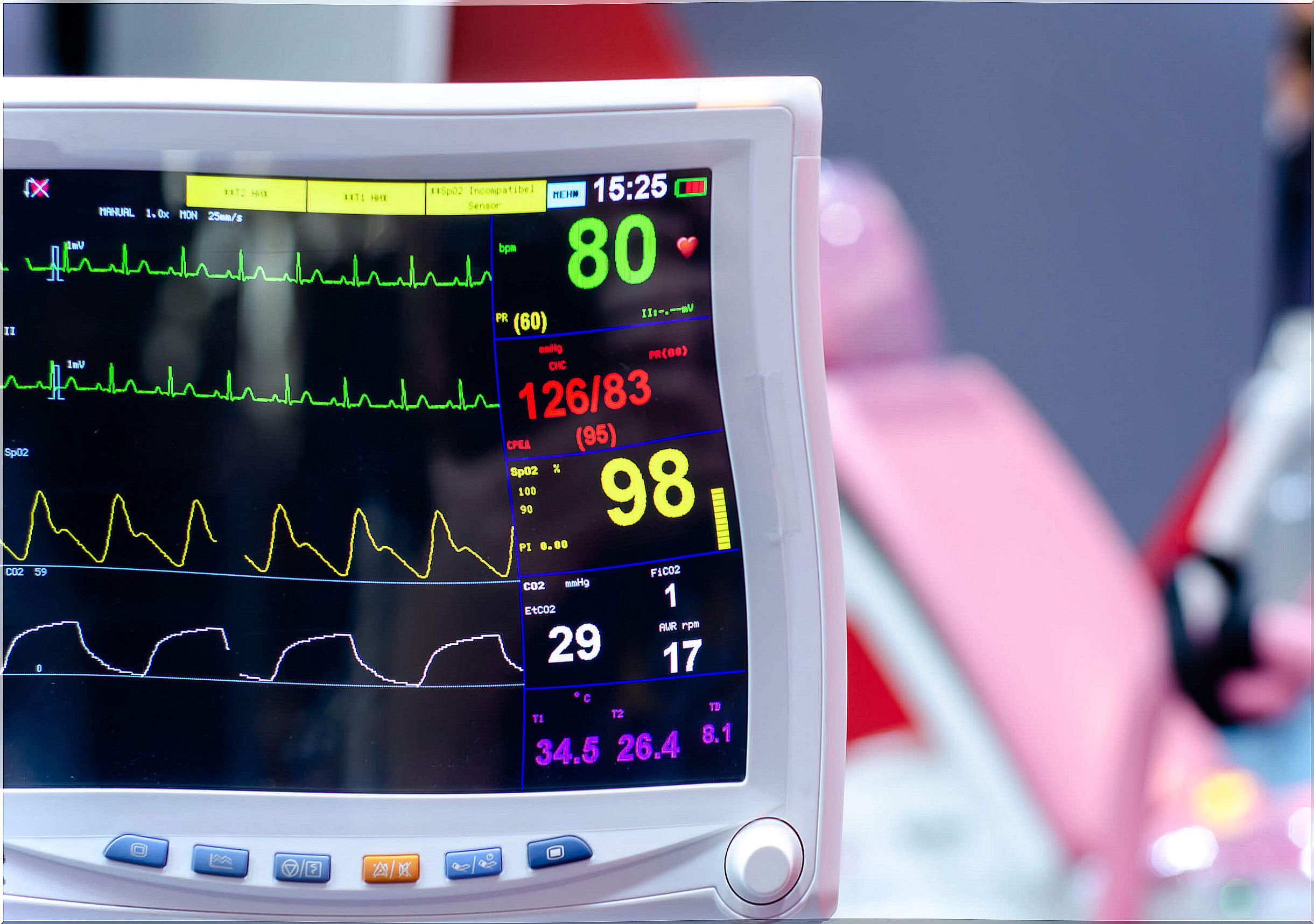The State Of Shock: Causes And Types
Shock is a pathological condition characterized by a lack of blood supply to the body’s tissues. As the MSD Manual explains: “It is a state of hypoperfusion of the organs that produces dysfunction and cell death.”
The circulatory system’s function is to supply oxygen and nutrients to each and every one of the cells in our body. In this way, it guarantees the correct functioning of the tissues.
When a person enters this state, regardless of the causes that have caused it, their circulatory system collapses. For this reason, it is unable to supply the oxygen demands of the tissues and organs.
A poor irrigation of the tissues will therefore cause a state of hypoxia (lack of oxygen) in them. Consequently, in a few minutes the organs can suffer irreversible damage.
Symptoms of shock

Some of the characteristic symptoms of a person who is in this state are the following, according to the Mayo Clinic:
- Dizziness
- Anxiety.
- Fainting.
- Shaking chills.
- Fast but weak pulse.
- Slow, shallow breathing.
- Decreased blood pressure.
- Cyanosis (bluish mouth or nails) due to low oxygen supply.
Types of shock states
There are different types of shock states, according to the US National Library of Medicine:
1. Hypovolemic shock
It is also called hemorrhagic shock. It occurs when the body’s blood volume drops to such low levels that the heart is unable to pump enough blood throughout the body.
The causes that cause it are usually hemorrhages, external or internal, which involve a huge loss of blood.
On the other hand, conditions such as diarrhea, vomiting or burns, which cause a great loss of fluids, can also cause a decrease in blood volume and cause this type of state.
2. Cardiogenic shock
It occurs when there are abnormalities in the functioning of the heart that make this organ unable to pump blood adequately.
In cardiogenic shock, blood pressure drops significantly and coronary artery irrigation becomes insufficient. The heart weakens as blood flow is reduced and can be severely damaged.
It is the leading cause of death in acute myocardial infarctions. However, it can also occur as a result of other heart abnormalities such as tears in the heart muscle or cardiomyopathies.
There are risk factors for cardiogenic shock. Some of them are these:
- Obesity.
- High cholesterol.
- Smoking
- History of heart disease.
Anaphylactic shock
It is produced by an excessive allergic reaction to a certain type of allergen. Certain medications, foods or some insect bites can trigger an excessive allergic reaction in the body and end up triggering this type of shock.
When it occurs, there is great vasodilation (the blood vessels dilate) and a great accumulation of fluids in the tissues.
These processes cause the circulatory system to collapse and it is unable to properly irrigate tissues and organs. As a consequence, very serious damage to the body or even death occurs if this state is not quickly reversed.
Septic shock
It is caused by an infection spread throughout the body. The infection, usually bacterial and which started at a specific point in the body, spreads and eventually becomes systemic (spreads throughout the body).
Bacterial toxins that spread through the body and cause systemic infection cause low blood pressure. The poor blood flow is not able to supply the oxygen demands of the tissues and thus shock occurs.
Neurogenic shock

It occurs after damage to the central nervous system. This damage can be due to an anatomical injury or also to a dysfunction caused by drugs in the autonomic nervous system.
The sympathetic nervous system is the one that controls, among other things, the muscle tone of the blood vessels. Therefore, it moderates the irrigation of the tissues.
When there is a disconnection between the brain and the autonomic nervous system, the blood vessels dilate and there is a drop in blood pressure. This causes insufficient irrigation.
Shock is due to multiple causes
In summary, the appearance of shock is due to a set of abnormalities throughout the entire circulatory system. The causes that trigger it are varied. They range from a decrease in blood volume to heart failure.
All of these processes cause a drop in blood pressure, often accompanied by an extravasation of fluids from the bloodstream to the organs, which contributes to a further decrease in circulating blood volume.









